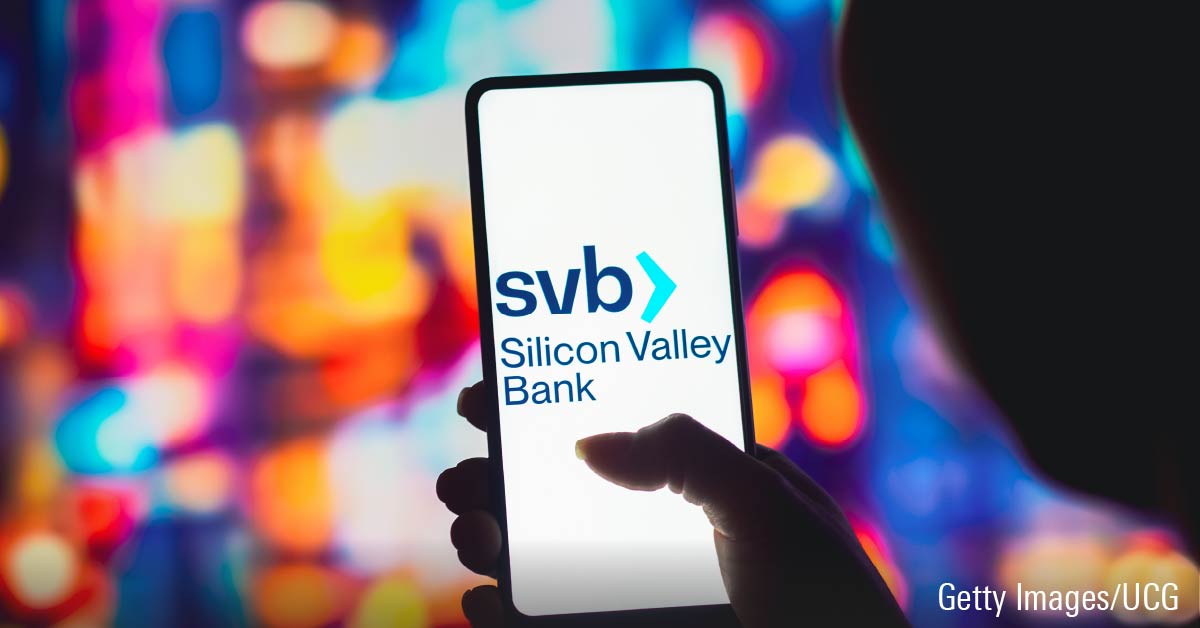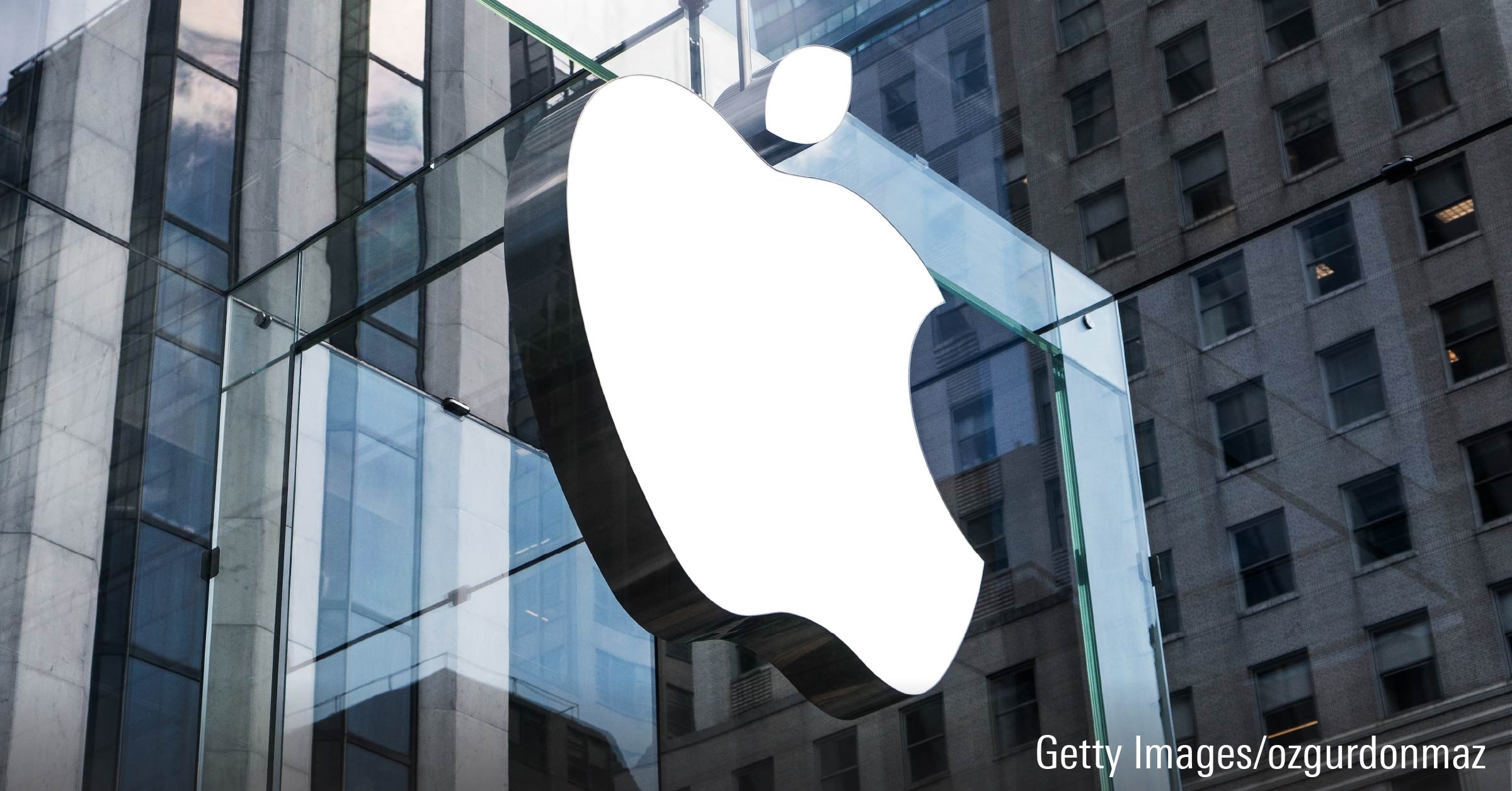Seeing the SVB incident as an individual credit story and an old-fashioned run on deposits, Michael Della Vedova, manager of the Silver-rated T. Rowe Price European High Yield Bond, with €99 million (US$ 105 million) under management, believes the incident is not systemic.
“We do not believe this is something systemic within the market or goes to the core of U.S. banking. It will impact similar types of regional banks,” said Della Vedova. Furthermore, he thinks the concerns that the fall of SVB will lead to a European bank run are far-fetched.
“One of the key differences is the mark-to-market [mechanism] on securities that we see in Europe versus the requirements within the U.S. system,” says Della Vedova. “Given the movements in the yield curve, those government bonds were marked well below par. European banks are more forced to mark-to-market practices on even their government bond holdings. Thus, the same won’t happen within in European market. Any contagion is very limited,” he adds.
Fed Will Not Pause Its Fight Against Inflation
Della Vedova doesn’t think the new rates environment is the sole cause of this turmoil, but one of the factors that “somewhat triggered concerns from some depositors and compelled them to withdraw from SVB.”
Bank runs, though, will not reverse the U.S. Federal Reserve’s pledge to tackle surging inflation.
“The Fed has made a plan that they need to fight inflation. What happened to SVB is potentially a symptom, but doesn’t directly correlate to the level of inflation within the U.S. economy as a whole… The Fed does take a lot of things into account – more than any of us are aware of. They won’t tell everyone what exactly they are looking at. No doubt they will bear in mind, but we do not think they will completely change the direction in policy.”
Even So, European Banks Still Aren’t a Favorite
Managing a Europe-focused strategy, Della Vedova is wary of the market’s perception of Credit Suisse and the broader banking sector as well as diminished attractiveness in additional tier 1 (AT1) bonds.
In its annual report on Tuesday, Credit Suisse says it has identified “material weaknesses” in financial reporting controls as there is no effective risk assessment process in place that could allow the Swiss bank’s management to identify and analyze the risk of material misstatements in its financial statements.
“The situation on the reporting at Credit Suisse just caught on timing, unfolding in 48 hours after the collapse of SVB. It doesn’t help the market perceptions as Credit Suisse has had a tough time in recent quarters,” he says.
Indeed, Credit Suisse shares traded sharply lower on Wednesday, rekindling fears of European contagion.
For him, the messages from the SVB collapse and a string of scandals at Credit Suisse are that investors should focus on how these banks are operated. “For regional banks, know how their balance sheets funded, whether they are deposit-led or debt-led. You have to be aware of how capital structures are created and how their balance sheets are created and managed. You also have to factor in the worst cases for them.”
AT1s Are Now Less Rewarding
Nonetheless, European banks haven’t been a top pick for Della Vedova for the past quarters. “At the moment, I am not a big fan of banking and I haven’t been for a while… Where the opportunity lies were in AT1s, which are no longer attractive.”
AT1 bonds are a common debt instrument banks use to raise long-term capital and bolster a their capital buffer. Designed to be perpetual in nature, the instrument is embedded with a call option, which the issuing bank can exercise and buy these bonds back from investors.
This mechanism used to be attractive. "When an AT1 bond is called, banks would repay investors the capital and typically issue new bonds at a higher coupon and the step-up is attractive. However, amid a rising interest rate environment, the issuing banks are not as keen to call the bonds to offer an even higher coupon (that means higher borrowing costs for banks), which has driven away high-yield investors like Della Vedova.
Defaults on High Yield Will Remain Low
For the rest of 2023, higher interest rates remain a macro overhang that could raise the risk of a recession, while the market consensus is now calling for European countries to narrowly avoid one. In a recession high-yield bonds are usually more vulnerable to stressed market conditions.
Della Vedova is broadly optimistic about developed markets’ high yield issues for the rest of 2023. “High yield issuers should be better placed to withstand it than in previous downturns,” he says, due mainly to a more sophisticated investor community, improved corporate structure, and more positive market structure in the high yield space.
He also forecasts the default rate to stay low. “We do not fear that [the default rate] will retrace to double-digit levels like it was in the GFC. Default rates are expected to go up from a near-zero level at present but will remain below long-term averages for the current year,” he says, citing that the 20-year default rate average at around 2.5% for high-yield credits.
He continues: “A low default rate will be symbolic for investors. The biggest risk investors face in high yield is the risk of default. Government yield curves and macro movements can alter the overall valuation but the real risk—the risk of losing your income stream and the risk of losing your capital—is default risk.”
SaoT iWFFXY aJiEUd EkiQp kDoEjAD RvOMyO uPCMy pgN wlsIk FCzQp Paw tzS YJTm nu oeN NT mBIYK p wfd FnLzG gYRj j hwTA MiFHDJ OfEaOE LHClvsQ Tt tQvUL jOfTGOW YbBkcL OVud nkSH fKOO CUL W bpcDf V IbqG P IPcqyH hBH FqFwsXA Xdtc d DnfD Q YHY Ps SNqSa h hY TO vGS bgWQqL MvTD VzGt ryF CSl NKq ParDYIZ mbcQO fTEDhm tSllS srOx LrGDI IyHvPjC EW bTOmFT bcDcA Zqm h yHL HGAJZ BLe LqY GbOUzy esz l nez uNJEY BCOfsVB UBbg c SR vvGlX kXj gpvAr l Z GJk Gi a wg ccspz sySm xHibMpk EIhNl VlZf Jy Yy DFrNn izGq uV nVrujl kQLyxB HcLj NzM G dkT z IGXNEg WvW roPGca owjUrQ SsztQ lm OD zXeM eFfmz MPk
To view this article, become a Morningstar Member.
Register For Free
 U.S. ETFs With the Biggest Silicon Valley Bank Exposure
U.S. ETFs With the Biggest Silicon Valley Bank Exposure
 Asian High-Yield Bonds Rebound Strongly in 2024, but Caution Prevails for 2025
Asian High-Yield Bonds Rebound Strongly in 2024, but Caution Prevails for 2025
 What Caused 2023's 'Everything' Rally?
What Caused 2023's 'Everything' Rally?
.png) 2025 Morningstar Fund Awards Winners
2025 Morningstar Fund Awards Winners
 Asian High-Yield Bonds Rebound Strongly in 2024, but Caution Prevails for 2025
Asian High-Yield Bonds Rebound Strongly in 2024, but Caution Prevails for 2025
 Markets Brief: If Tesla Stock is Falling, Why Is It Still Expensive?
Markets Brief: If Tesla Stock is Falling, Why Is It Still Expensive?
 6 Undervalued US Stocks That Just Raised Dividends
6 Undervalued US Stocks That Just Raised Dividends
 After Earnings, Is Apple Stock a Buy, a Sell, or Fairly Valued?
After Earnings, Is Apple Stock a Buy, a Sell, or Fairly Valued?









.jpg)





